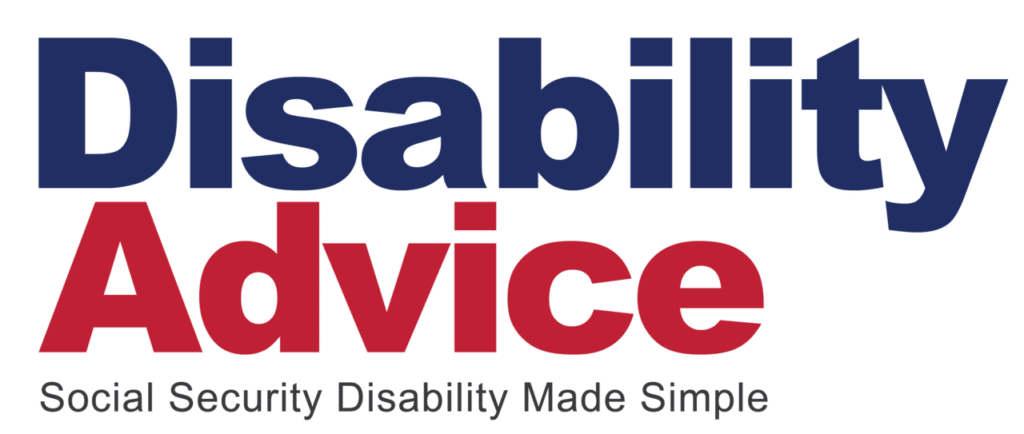Social Security Disability Insurance, or SSDI, provides financial support to disabled people who previously paid into the Social Security system. Most SSDI recipients can no longer work due to a disability, but some people can continue working while receiving SSDI. However, there are strict rules for working while on SSDI.
You may be eligible for SSDI benefits and continue working while receiving SSDI benefits if your monthly disability payments do not exceed $1,620. Blind SSDI applicants can earn up to $2,700 per month under the 2025 SSDI substantial gainful activity, or SGA, limit. Other rules also apply, including the trial work period. Understand these rules and more to avoid jeopardizing your benefits.
Trial Work Period - 9 Months
The Social Security Administration permits SSDI recipients to test their ability to work for a limited period without losing benefits through the trial work period. This allowance means you can potentially return to work for at least nine months in a 60-month period and still receive your full SSDI payment.
Income Limits for the Trial Work Period
Any month you earn more than $1,160 before taxes in 2025 will count towards the trial work period. There is no limit to the amount you can earn during your trial work period.
The nine months in the trial work period need not be consecutive. For example, earning $2,000 in January but only $500 in February would count as only one month toward your trial work period. To complete your trial work period, you need at least nine individual months within 60 consecutive months of more than $1,160 in earnings.
Extended Period of Eligibility - Next 3 Years
After you complete nine months of your trial work period, you will enter the extended period of eligibility, or EPE. This is a 36-month period where you can keep working and still receive SSDI if you earn less than the monthly SSDI income limit.
If your monthly income exceeds this limit in any month, you will not receive your SSDI payment for that month. If you keep earning over the limit after the EPE ends, you may no longer be eligible for SSDI benefits. However, restarting your SSDI benefits later may be possible if you become unable to work again after this period.
Income Limits for the Extended Period of Eligibility
The EPE earnings limit is the same as the SGA limit that applies to SSDI applicants. If you earn more than $1,620 in a given month during your EPE, you may be ineligible for that month’s benefits payment. People who receive SSDI due to blindness have a higher EPE earnings limit of $2,700.
The SSA reviews each month during the 36-month EPE separately. If you don’t receive benefits for one month due to your earnings, you can still receive payment the next month if you earn under the limit again.
Special Circumstances When Your Earnings Can Be Higher and Still Receive SSDI
The EPE income limits can be higher in some circumstances due to job-provided subsidies and disability-related work expenses.
Employer Subsidies
Your earnings limit might increase during the three-year extended eligibility period if your employer provides an accommodation due to your disability. This special circumstance also applies if your employer pays you more than the value of the work you complete.
Qualified accommodations may include paid breaks, reduced work compared to peers, and additional support. For example, if your employer gives you extra paid breaks worth $100 a week due to your disability, you could earn that amount above the standard EPE earnings limit without jeopardizing your benefits.
When reporting your work activity to the SSA, include your disability-related subsidies. The Disability Advice team can contact your employer to determine the value of your subsidy.
Work Expenses
If you have work expenses because of your disability, you could earn up to the amount of those expenses on top of the standard income limit and still receive benefits during the three-year period.
Eligible expenses under this exception are any goods or services you must purchase to get to work or perform your job duties. Transportation costs are a common example of such work expenses. These typically involve modified vehicles or specialized transportation services. Other examples include medications and durable medical equipment such as a wheelchair, a hearing aid, or a glucose monitor.
Five-Year Rule
If your SSDI benefits end because you’ve continued earning above the limit after the three-year EPE, you still have a safety net. You can file for expedited reinstatement of your SSDI benefits within five years of your benefits ending, which potentially allows you to restart your benefits.
The expedited reinstatement period lasts up to six months, meaning you may have a six-month window to receive benefits while the SSA reviews your request. You don’t need to file a new application to request an expedited reinstatement—the SSA will just ask you questions to review your eligibility.
Can You Keep Medicare If You Go Back to Work?
You may be eligible to keep Medicare if you return to work as long as you are medically disabled. Medicare will consider you “medically disabled” if you have a physical or mental condition that prevents you from doing substantial gainful activity.
As such, you may remain eligible for Medicare if you earn less than the substantial gainful activity limit while working. However, there is a catch—you may eventually be required to pay for some of your Medicare premiums if you continue working.
Original Medicare coverage has two parts: Part A and Part B. Medicare Part A is hospital insurance, which covers inpatient care in hospitals, nursing facilities, hospice, and home health care. Part B covers standard medical care, including doctor’s appointments, outpatient care, durable medical equipment, and preventive health services. While Part B Medicare has a monthly premium, Part A Medicare coverage costs nothing for most recipients.
If you are still medically disabled, your Part A premium will remain free for the first eight and a half years after you return to work. After that, you may have to pay a monthly premium for your Part A coverage. However, if you can’t afford your Part A premium after this point, you may be eligible for help from your state.
Ticket to Work Program
The SSA supports disability benefits recipients who want to work with the Ticket to Work program. Anyone under 65 who receives disability benefits can choose to participate for free. Ticket to Work helps disabled Americans achieve financial independence by connecting them with career development support services, such as:
- Career counseling
- Vocational rehabilitation that helps with work-related skills
- Job placement and training
Authorized Ticket to Work service providers partner with the program to help beneficiaries find suitable employment. If you participate in the Ticket to Work Program, you must pledge to Social Security that you will take steps to work at a specific earnings level or achieve certain educational or training requirements. Your service provider will work with you to develop a plan outlining the steps you need to take to meet these requirements, and Social Security will set specific timeframes for you to complete them.
Ultimately, the goal of the Ticket to Work program is to reduce one’s reliance on disability benefits. It’s completely voluntary, however, so there is no penalty for not participating.
Learn More About Returning to Work and Receiving SSDI
While you won’t necessarily lose SSDI benefits if you return to work, the decision to work while on SSDI has many potential consequences. Some may be positive, such as financial gains and increased independence. However, there are also potential downsides, such as losing free Medicare coverage or benefits altogether if your income exceeds certain thresholds. Working as an SSDI recipient also requires careful planning and calculations to determine how much you can earn without affecting your benefits.
If you choose to work, many resources are available to you. However, it’s wise to get personalized advice before taking action. You can start by consulting with an SSA representative or a disability advocate at Disability Advice. We’re here to guide you through your options, explain the rules for working while on SSDI, and help you learn how to get back into the workforce.
Contact us today to get connected to a disability advocate immediately at no cost.


